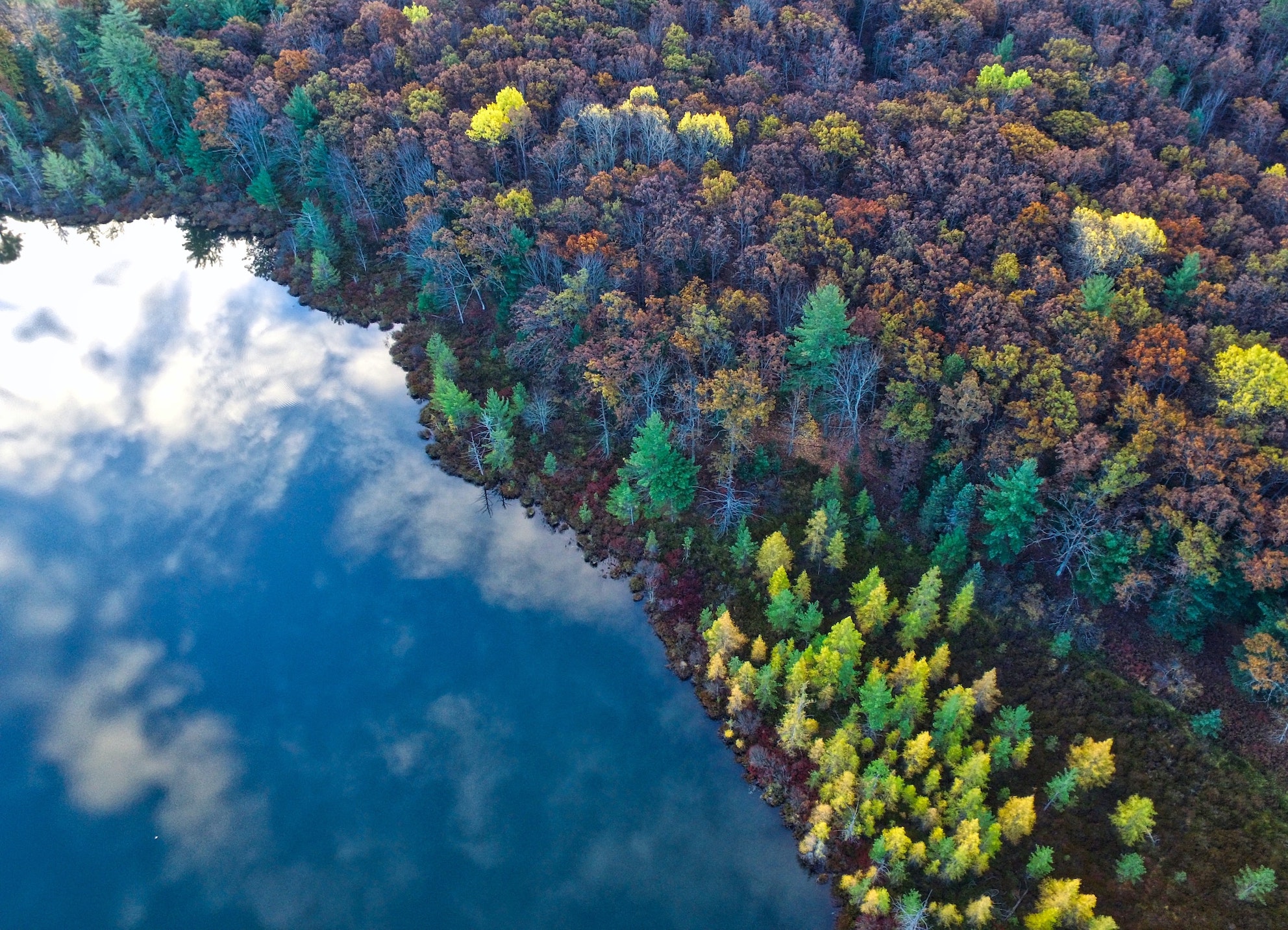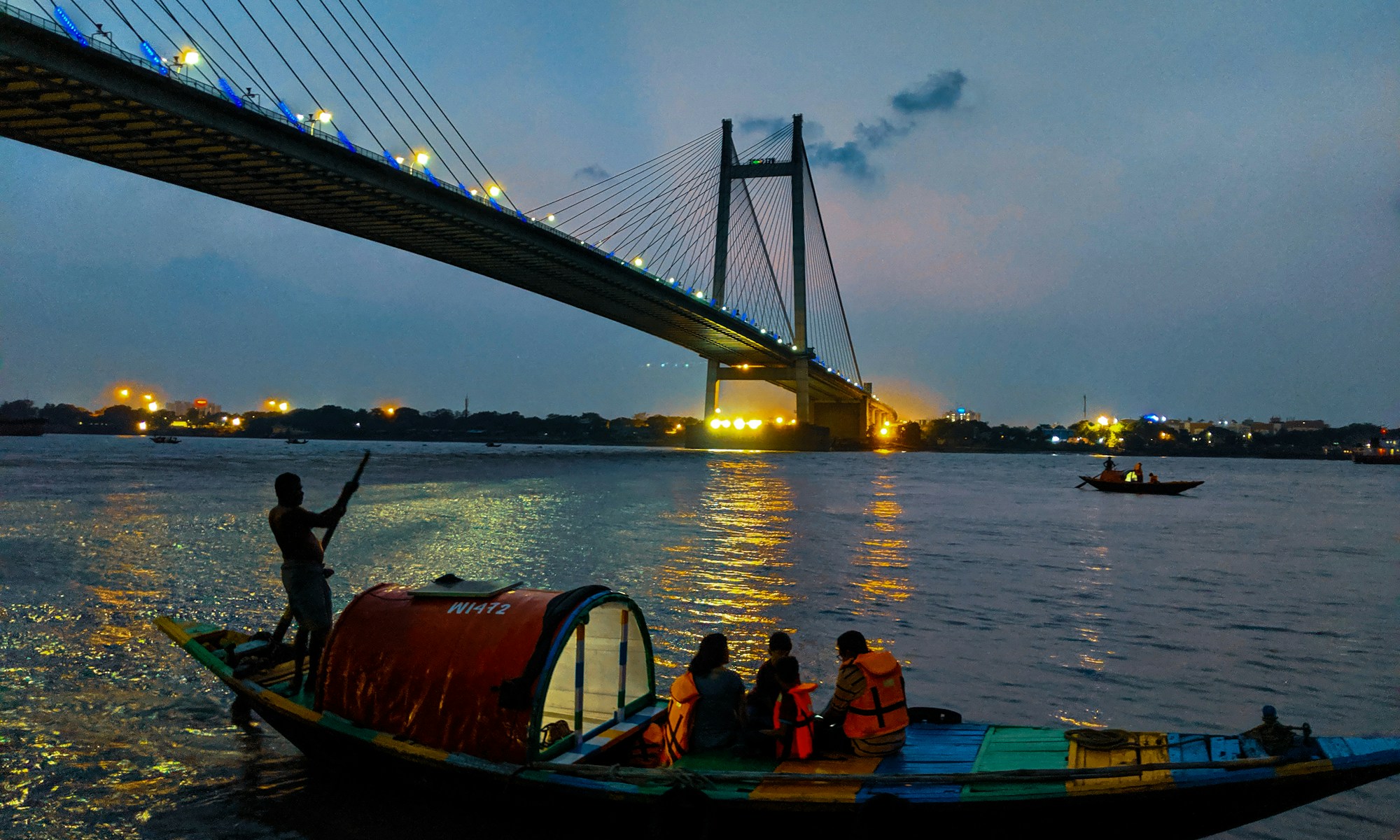27 May 2022- by Willy Phillips
At the age of 12, Anjali thought she had been given a chance to advance her passion for dance. Her dance teacher approached her in West Bengal after cyclone Aila hit in 2009 with the opportunity to practice in Kolkata. Instead, she was whisked away to Delhi, where, for three consecutive months, she was tortured and raped. Anjali’s story is powerful, but it is not unique.
Since recording began, the number of global climate migrants has been steadily rising. According to the World Migration Report, over 30 million people were displaced due to climate events in 2020 alone. These events are most commonly severe storms, flooding, drought, and extreme temperatures, which cause individuals, families, and even entire communities to relocate. This rise in displacements juxtaposes the 60% decline in voluntary international travel due to Covid restrictions throughout the year.
The connection between disasters and migration feels obvious. If an area becomes uninhabitable, people must go somewhere. However, an issue that’s much less obvious and lurks in the unchecked aftermath of a disaster is human trafficking. Trafficking runs rampant in post-disaster states. Social and systemic factors contribute to this sharp increase as social institutions collapse. Specifically, a lack of accountability from law enforcement and difficulty securing aid or resources creates a vacuum quickly filled by crime syndicates. Offering stable employment or promises of resources like food and water, these groups prey on the vulnerable and exploit necessity.
In post-disaster situations and times of high migration, rates of trafficking rise sharply by 30%. Moreover, as climate change exacerbates the impact of natural disasters, more individuals, mainly women and children, will fall victim to the chaos.



